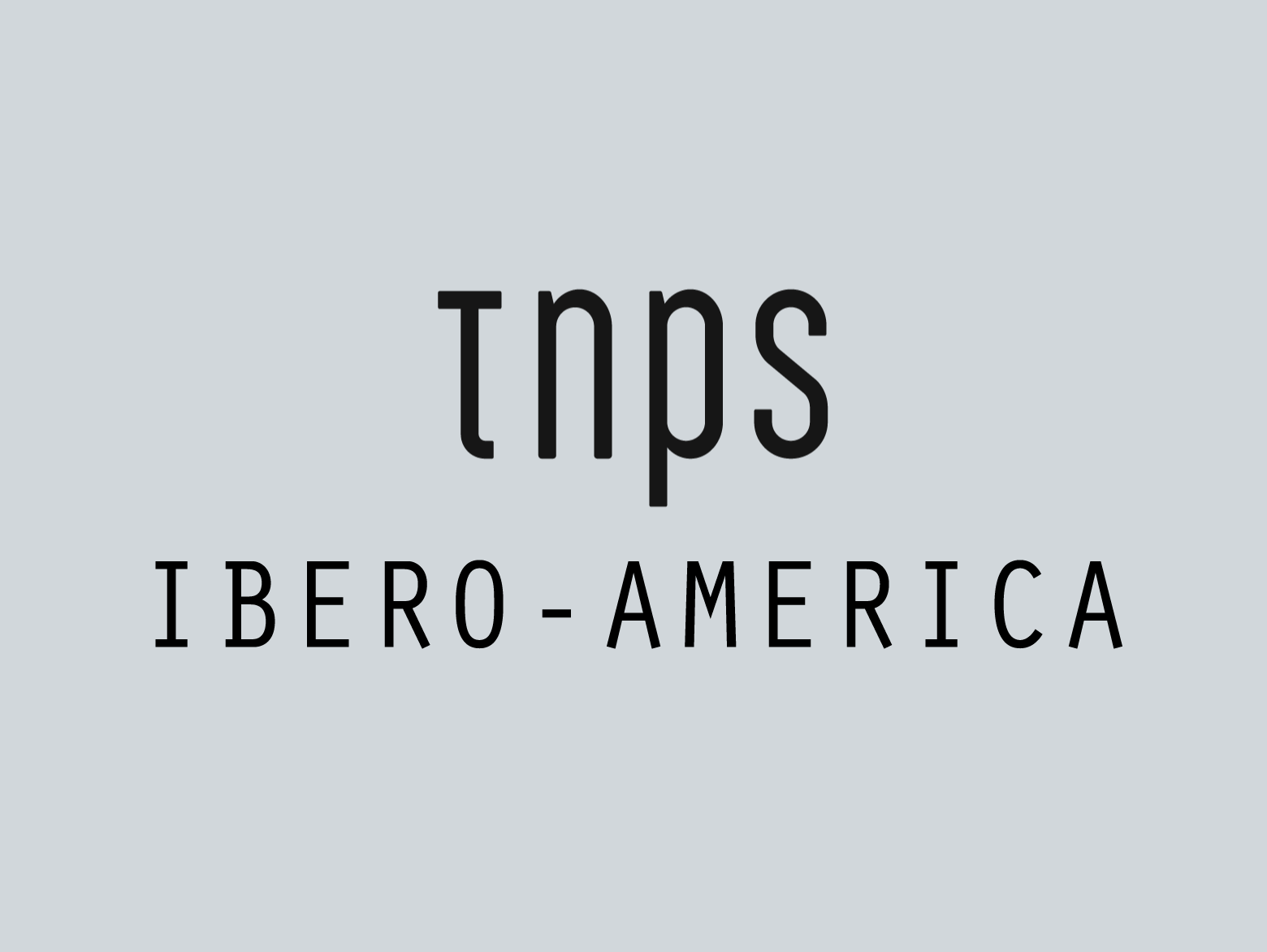When it comes to global internet access we are barely past the half way mark, with “only” 4.5 billion people online around the world.
To put that number in context, that means that the 312 million people online in the USA make up just 6.9% of the world’s internet users.
That share will shrink to less than 5% in the next few years as more and more parts of the world come online for the first time.
Most of that growth will happen in places like Africa and Asia, where large populations can justify the expense of the infrastructure needed to bring high-speed connectivity.
But for those parts of the world where the costs are simply economically unviable, there are alternatives.
It’s now over a year since Facebook permanently grounded its Aquila project, which deployed solar-powered drones the size of a small commercial aircraft to glide over remote and inaccessible parts of the planet, beaming down internet signals.
But Facebook has not given up on the idea, just that particular project.
In January of this year Facebook was reported to be testing a new solar-powered drone, Zephyr, in partnership with Airbus, and in May was reported to be working on internet-delivering kites.
All of which may sound doomed to failure, but many took a similarly negative view of the Google Loon project.
Google Loon? Now called Alphabet Loon, this is a project that uses balloons to deliver high-speed internet to parts of the world that traditional internet infrastructure struggles with.
Alphabet’s Loon partners with telecoms – the telecom on the ground receives the internet signal from the balloon in the air – and has for some years been working with Telefónica.
This week comes news Loon has signed a commercial agreement with Telefónica to provide high-speed internet access to residents of the Peruvian Amazon basin from 2020 (subject to regulatory approval).
Loon and Internet Para Todos Perú (IpT) have reached an agreement to use high-altitude balloons to expand mobile internet access to parts of the Peruvian Amazonia. The companies aim to provide service to Telefónica customers in Peru in 2020.
IpT Perú is an open access wholesale rural mobile infrastructure operator owned by Telefónica, Facebook, IDB Invest and CAF which aims to help bridge the digital divide bringing mobile internet to remote populations where conventional telecom infrastructure deployment is not yet economically feasible.
Loon and IpT will work together to serve parts of the Loreto Region (Peruvian Amazonia), one of the largest and most remote regions in the country, providing Telefónica customers with mobile internet coverage
The deployment of Loon in Peru will make it the first country in Latin America to use this innovative connectivity solution on a sustained, non-emergency basis.
Loon and Telefónica have been working together in Peru since 2014, but thus far it has been deployed on a non-commercial basis providing emergency internet access to disaster areas, as during the 2017 El Niño floods and more recently an earthquake earlier this year.
Launched last May, Internet para Todos Perú is a neutral-host Rural Mobile Infrastructure Operator in Peru focused on offering mobile internet connectivity in rural areas to any Mobile Network Operator (MNO) willing to use its services on a wholesale basis. With a strong focus on innovation to provide sustainable service, IpT will leverage Loon for hard-to-reach areas, complementing its terrestrial network and, initially, managing the service for Telefónica del Perú, the first MNO to use the technology on a commercial basis in Latin America.
More than 800,000 people living in around 5,300 rural communities in Peru now have access to mobile internet thanks to IpT. The aim is to connect over 30,000 communities by 2021 for the bicentennial of Peru.
How does this work? By,
extending internet coverage to areas with low population densities using a network of high altitude balloons operating 20 km above sea level, well above air traffic, wildlife and weather events. Loon provides a full network as a service. The balloons act as floating cell towers, transmitting a provider’s service directly to a subscriber’s 4G/LTE device below.
To enable service, Loon’s balloons receive a signal from the ground, which is then shared across multiple balloons that spread it to users below using standard LTE signals. When a balloon is ready to be taken out of service, the lift gas keeping it aloft is released and the parachute automatically deploys to control the landing. Descents are coordinated closely with local air traffic control, and balloons are landed in a sparsely populated area. Recovery teams then collect the balloon and equipment for recycling. Loon has already landed hundreds of balloons in Peru over years of testing in the country.
The report adds,
Because this is a first-of-its-kind deployment for sustained service via stratospheric balloons in Peru, Loon, IpT and Telefónica will collaborate on securing regulatory approval from Peru’s Ministry of Transport and Communications (MTC) before launching service.
In Kenya Loon is also waiting on regulatory approval before launching similar project there, this time in partnership with Telkom Kenya.
Read more about the Loon project in Peru in the company statement on Medium.




